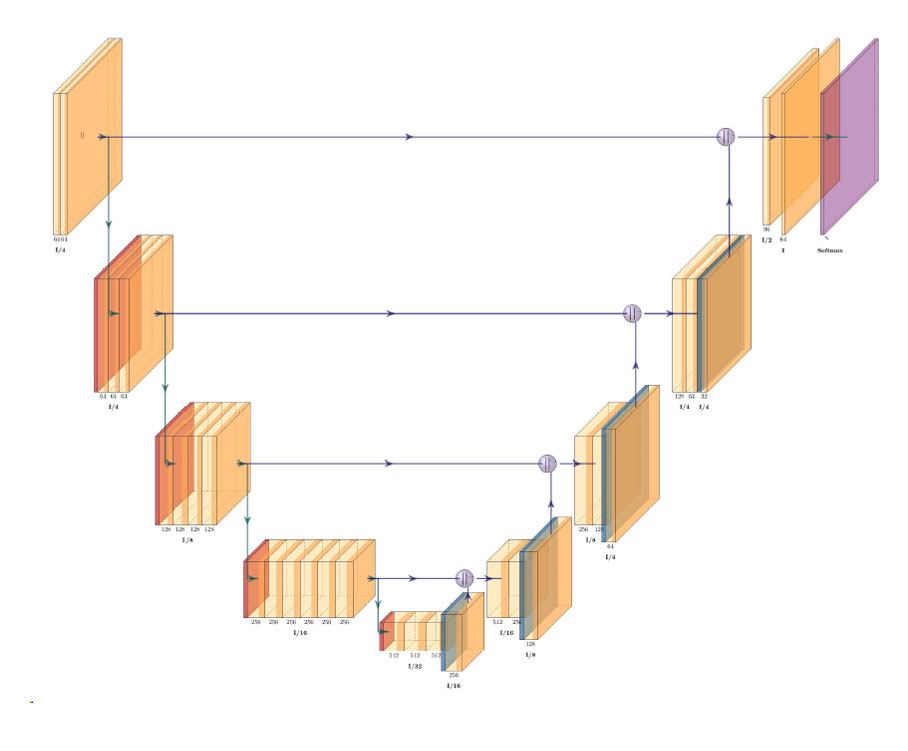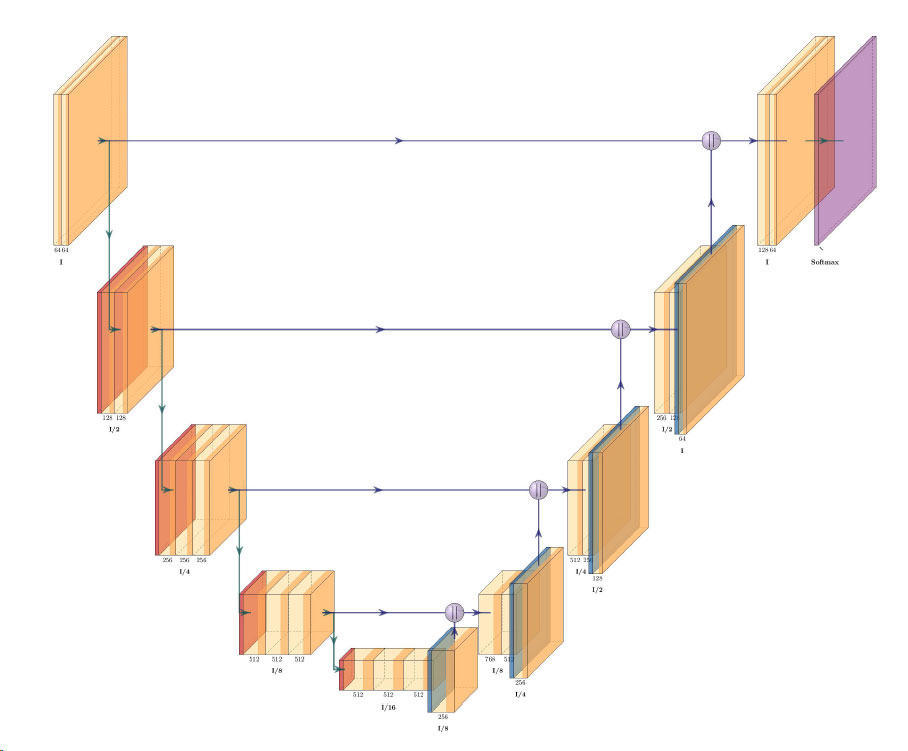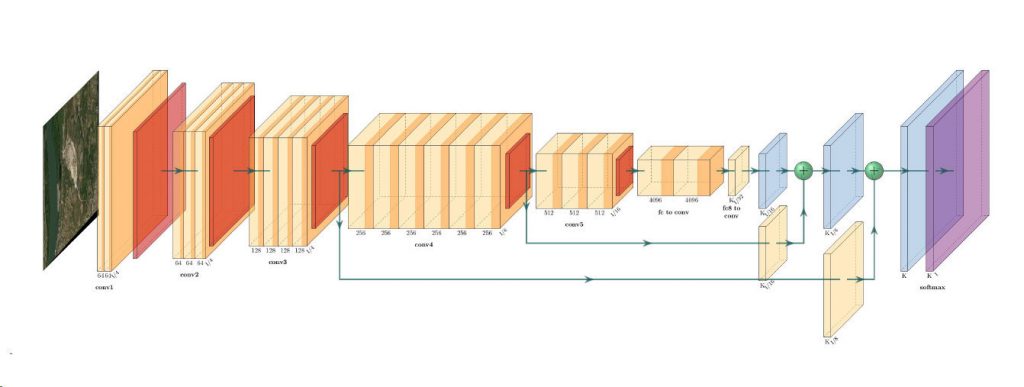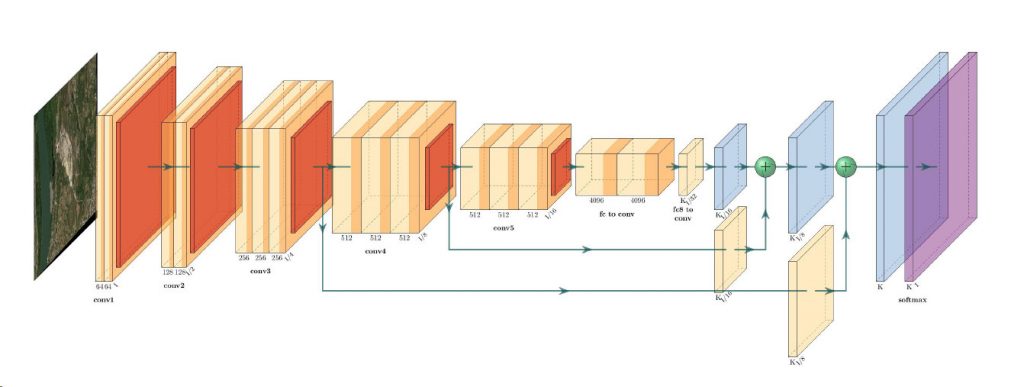Near-Real-Time Satellite Imagery Aids in Beach Cleanup Efforts
- European Space Imaging
- 4 January, 2019
On January 2, 2019, the MSC Zoe lost up to 270 containers off the coast of Germany and The Netherlands. As the debris, including chemicals, washes ashore Dutch beaches, Near-Real-Time satellite imagery can serve as an invaluable tool in large scale disaster response scenarios.
Ten meter waves pounded the MSC Zoe late in the evening of January 2, 2019. The storm caused the ship to lose hundreds of shipping containers that are now washing up on island beaches across the northern coast of The Netherlands.
Everything from televisions to plastic toys and fashion apparel, along with packaging and silica gel pouches are littering the Dutch beaches. A massive cleanup effort is being mobilised by military and volunteers.
Satellite Imagery aides in large scale disaster cleanup efforts such as this one. The Near-Real-Time capture and delivery methods of European Space Imaging can help officials track floating debris over thousands of kilometers along the coast. This allows disaster relief commanders to strategically send cleanup and rescue crews to the most affected areas.
Furthermore, images can be captured periodically in order to monitor progress and identify new problem areas as they arise.
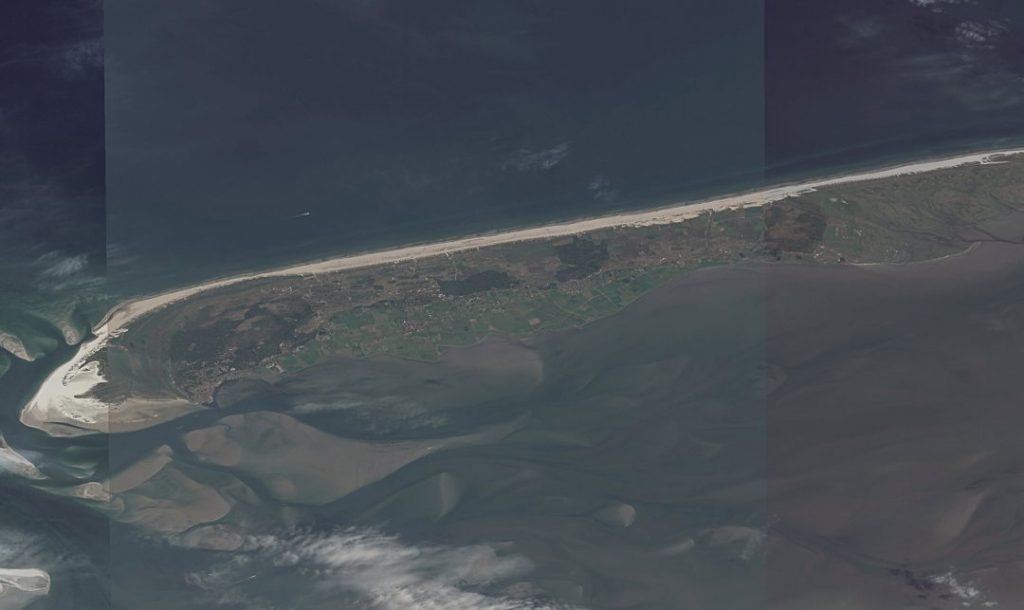
When disasters occur over large areas or over open ocean, authorities turn to Near-Real-Time imagery to give them the best chances of coordinating effective responses. For more information about how satellite imagery is used in emergency management, click here.
Related Stories
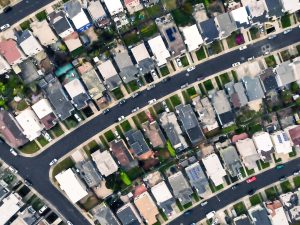
EUSI and Albedo Partner to Deliver 10 cm Resolution Satellite Imagery to Europe
It is our pleasure to announce the partnership with Albedo, a builder of high-performance spacecraft and the first satellite designed to operate commercially in VLEO (Very Low Earth Orbit). This partnership will bring the world’s highest resolution satellite imagery to the European and North African market.

Updating the Land Parcel Identification Systems in 2025: The Benefits of Using Satellite Images
Agricultural paying agencies across Europe face increasing challenges in maintaining accurate and up-to-date Land Parcel Identification Systems (LPIS), ensuring compliance with the Common Agricultural Policy (CAP) and supporting sustainable agricultural practices.

EUSI Confirms Uninterrupted Satellite Imagery Support for Ukraine and European Security
With the successful launch of Maxar Intelligence’s second set of WorldView Legion satellites, European Space Imaging (EUSI) will soon offer up to eight daily collection opportunities in key latitudes across Europe and North Africa – a number that will increase after the final WorldView Legion satellites are launched and all six satellites are operational.

Civil Mapping: Three Case Studies From Germany
Three land-surveying authorities finished large-scale mapping projects using very high resolution satellite images in 2024. These are the challenges, solutions and results:


